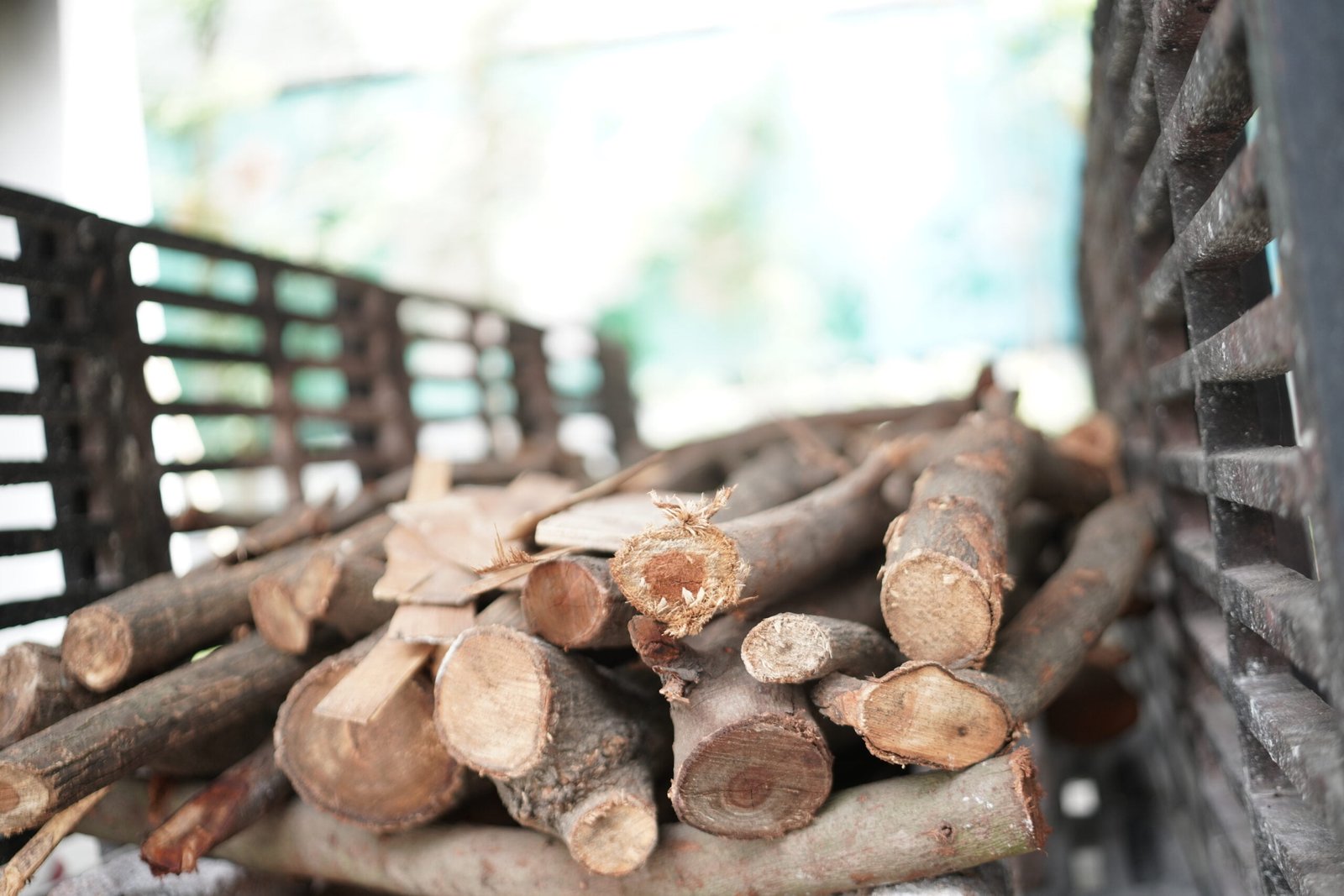In Hinduism, the rituals that unfold after death, collectively known as Antim Sanskaar, are not merely customs but profound ceremonies deeply rooted in spiritual beliefs and scriptures. These rites, aimed at guiding the departed soul towards moksha (liberation) and its journey to Svarga (heaven), vary across the diverse tapestry of Hindu society. Let’s delve into the intricate details of these rituals, each designed to honor the deceased with utmost reverence and dignity.
Shmashana – The Sacred Ground of Cremation
The cremation ground, referred to as Shmashana in Sanskrit, holds a pivotal place in the Antim Sanskaar rituals. Traditionally located near rivers or on their banks, these grounds are chosen for their sanctity and the belief that the proximity to flowing water aids in spiritual purification. For those who can afford it, pilgrimages to revered sites like Kashi (Varanasi), Haridwar, Prayagraj (Allahabad), and Rameswaram are undertaken to complete the final rite of immersion of ashes into the holy waters, ensuring the soul’s peaceful transition.
Antyesti – The Ceremonial Farewell
Antyesti, or the final rites, mark the culmination of earthly existence and the beginning of the soul’s journey beyond. These rituals are meticulously performed with the goal of providing spiritual solace to the departed and their loved ones left behind. Here’s an in-depth look into the stages of Antyesti:
- Preparation of the Body: Upon death, the body is bathed and cleansed as a mark of purification. Sandalwood paste and turmeric are applied to the body, symbolizing sanctity and purification.
- Attire and Adornments: The deceased is dressed in a simple dhoti (for men) or saree (for women), signifying equality in death. The big toes are tied together with a string, and a tilaka—a mark on the forehead—is applied, representing spiritual identity and connection.
- Transport to the Cremation Ground: The body, placed on a bamboo stretcher, is carried to the cremation ground by family members and friends. It is a solemn procession, often accompanied by prayers and hymns.
- The Pyre and Rituals: At the cremation ground, a pyre is prepared with dry wood, and the body is laid on it with the feet facing north—a direction believed to align with the pathway to heaven. The eldest son, male mourner, or designated priest, known as the lead cremator, performs several sacred rituals:
- Circumambulation: The lead cremator walks around the pyre, offering prayers and invoking blessings for the departed soul’s journey.
- Pind Daan: Rice or sesame seeds (pind) are placed on the deceased’s chest, hands, and legs, symbolizing offerings to ancestors and ensuring a smooth transition.
- Ghee Offering: Clarified butter (ghee) is sprinkled over the pyre, representing purity and offering to the sacred fire.
- Kapala Kriya: A significant ritual involves piercing the burning skull with a bamboo stave, symbolizing the release of the soul from the body and its onward journey towards liberation.
- Circumambulation of the Pyre: The lead cremator and close relatives may circumambulate the burning pyre, marking their final respects and bidding farewell.
- Post-Cremation Rituals: After the cremation, attendees undergo purification rituals, including bathing, to cleanse themselves from the perceived impurities associated with death and cremation.
Post-Antyesti Rituals
Following the cremation, several important rituals are performed to honor the deceased and ensure their peaceful journey:
- Niravapanjali: The immersion of ashes in sacred rivers or holy waters, believed to facilitate the soul’s ascent to heaven.
- Tarpana: Offerings made to deities and ancestors, seeking blessings and peace for the departed soul.
- Rasam Pagri: In regions like Punjab and Rajasthan, this ceremony appoints a successor and signifies the continuation of family lineage and responsibilities.
- Pind Sammelan or Terahvin: On the thirteenth day after death, this ritual is performed to formally conclude mourning and transition the departed soul from a preta (wandering spirit) to a pitr (ancestor).
Burial Practices in Hinduism
While cremation is predominant, some sects and communities in Hinduism practice burial, especially for revered saints and spiritual leaders. The burial rituals are similar in essence to cremation, with specific variations depending on the sect’s customs and beliefs.
Conclusion
Antim Sanskaar rituals in Hinduism are not only a means of bidding farewell to the departed but also a profound expression of faith and spirituality. They reflect the belief in the continuity of life beyond death and the journey of the soul towards liberation. These rituals, steeped in tradition and guided by scriptures, provide solace to the grieving and affirm the eternal cycle of life and death.
In honoring these rituals with reverence and understanding, Hindus uphold their cultural heritage and spiritual beliefs, finding comfort in the belief that their loved ones have embarked on a peaceful journey towards spiritual fulfillment and eternal bliss.



